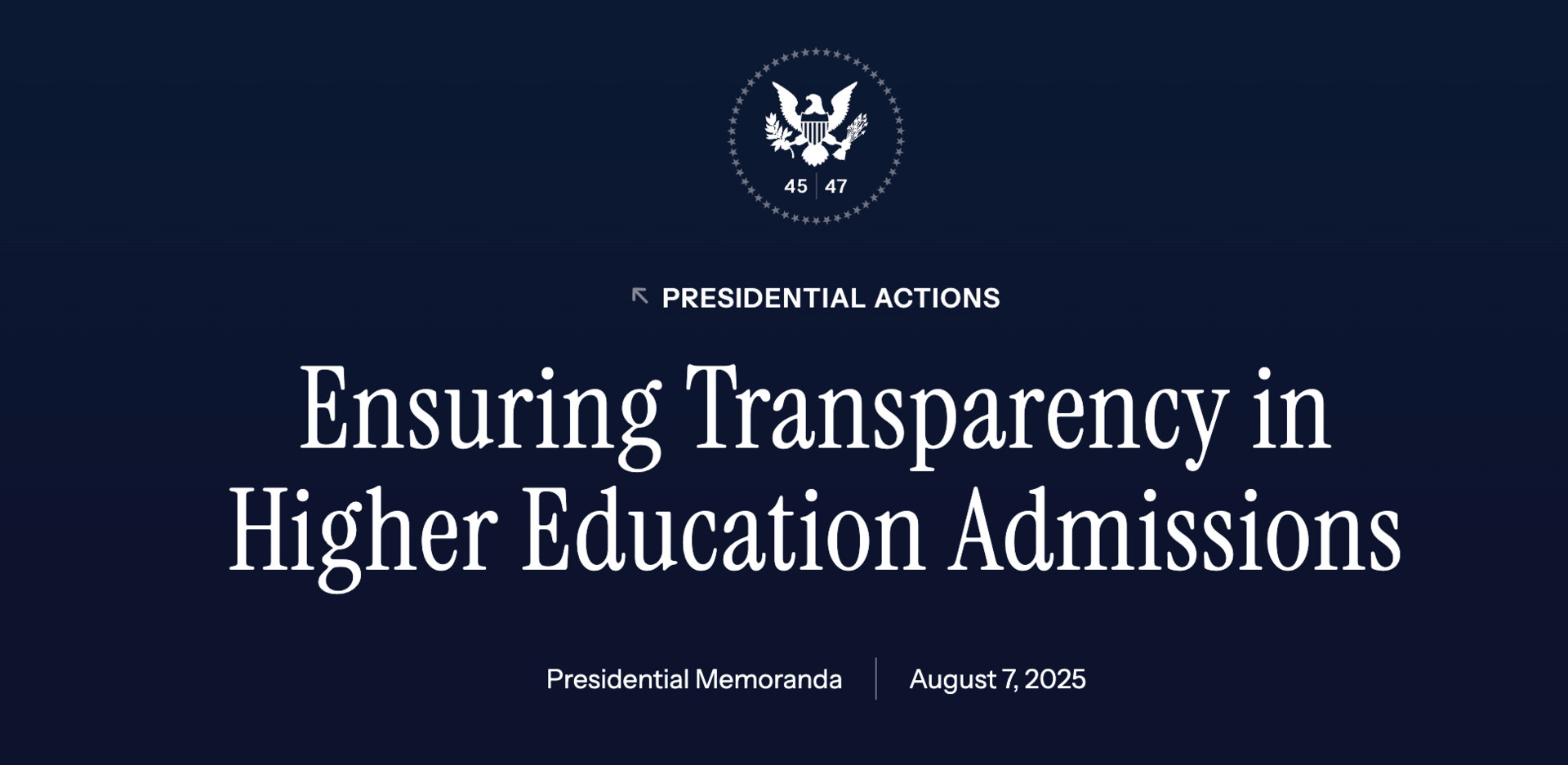Friday Follow Up
ED and IPEDS confirmation, GSV Summit acquired, Instructure timelines, and Big Tech AI updates

Was this forwarded to you by a friend? Sign up, and get your own copy of the news that matters sent to your inbox every week. Sign up for the On EdTech newsletter. Interested in additional analysis? Try with our 30-day free trial and Upgrade to the On EdTech+ newsletter.
I remember when August was the down month in EdTech and education regulatory circles. Good times, good times.
No Down Time for the Trump Admin ED
There was a lot of news from the Trump Administration’s Department of Education yesterday. It started out with a virtual listening session to kick off a negotiated rulemaking process that is needed to implement the provisions from the OBBBA (aka reconciliation bill). Two areas of interest to this newsletter are the new institutional accountability provisions (aka Senate’s Do No Harm provisions) and a new Workforce Pell program to help fund access to short-form (15 weeks or less) programs from accredited institutions.
And on the same day, President Trump and Secretary McMahon released an executive order about sharing more data to evaluate compliance with race-neutral admissions rulings (an area that we don’t cover).
But for today, I’d like to highlight a key theme that updates my consistent message since January. Namely that the Department of Education (ED) is not only NOT going away, it’s got a bigger job than ever. And secondarily, that the IPEDS data we use for enrollment and College Scorecard analysis are also not going away.
USA Today captured the first point in its interview with newly-confirmed Undersecretary Nicholas Kent [emphasis added].
There's no time to spare at the Education Department.
No, not because the agency is going away anytime soon – actually, its plate just got even fuller. When President Donald Trump signed his massive domestic policy bill into law on July 4, the agency's workload ballooned. Now, with its usual staff cut in half, it has less than a year to implement major reforms to college financial aid and oversight.
That process began in earnest on Aug. 7, when the department hosted a public hearing to begin implementing the White House and Congress' mandates. Facing a July 1, 2026, deadline, the agency has a long to-do list. It must create new plans for student loan repayment, revise accountability rules for universities and establish new types of Pell Grants.
And the workload keeps growing: The White House just announced plans to reform its main database for higher education information (though the data-gathering arm of the Education Department has been reduced to just a handful of people).
And I thought I added too many hyperlinks. But this article is right. The issue is not to track whether ED goes away, it is to track whether ED can meet its growing commitments.

And on that second highlight, I’ve had multiple people ask me about whether IPEDS is going away. The answer is no, and it’s due for a long-needed redesign. The less-covered part of yesterday’s executive order provides direction to make improvements to IPEDS now.

Subscribe to Premium to read the rest.
Become a paying subscriber of Premium to get access to this post and other subscriber-only content.
Already a paying subscriber? Sign In.
A subscription gets you:
- • New content 3-4 times per week
- • Shared Q&A discussions
- • Access to data downloads for charts in post